A direct highway to the sea, 20 places in Spain to visit, beautiful villages and a rural hotel. blue beaches, Cordovan patios and UNESCO heritage cathedrals. A Sagrada Familia pointing to the sky, an Alhambra that fell in love with Clinton himself and a cathedral in Santiago to which thousands of pilgrims arrive. Spain can be explored from its classics, but also that magic that only sighs between the leaves of the orange trees and the waves of the sea.
There are a centennial elm next to the Duero inherited from the retina (and heart) of Machado, a pringá that only Bécquer knows how to dissect, and a moon that touches Andalusia is more Lorca-like than in other places. Let's discover that Spain where poetry and reality coexist.
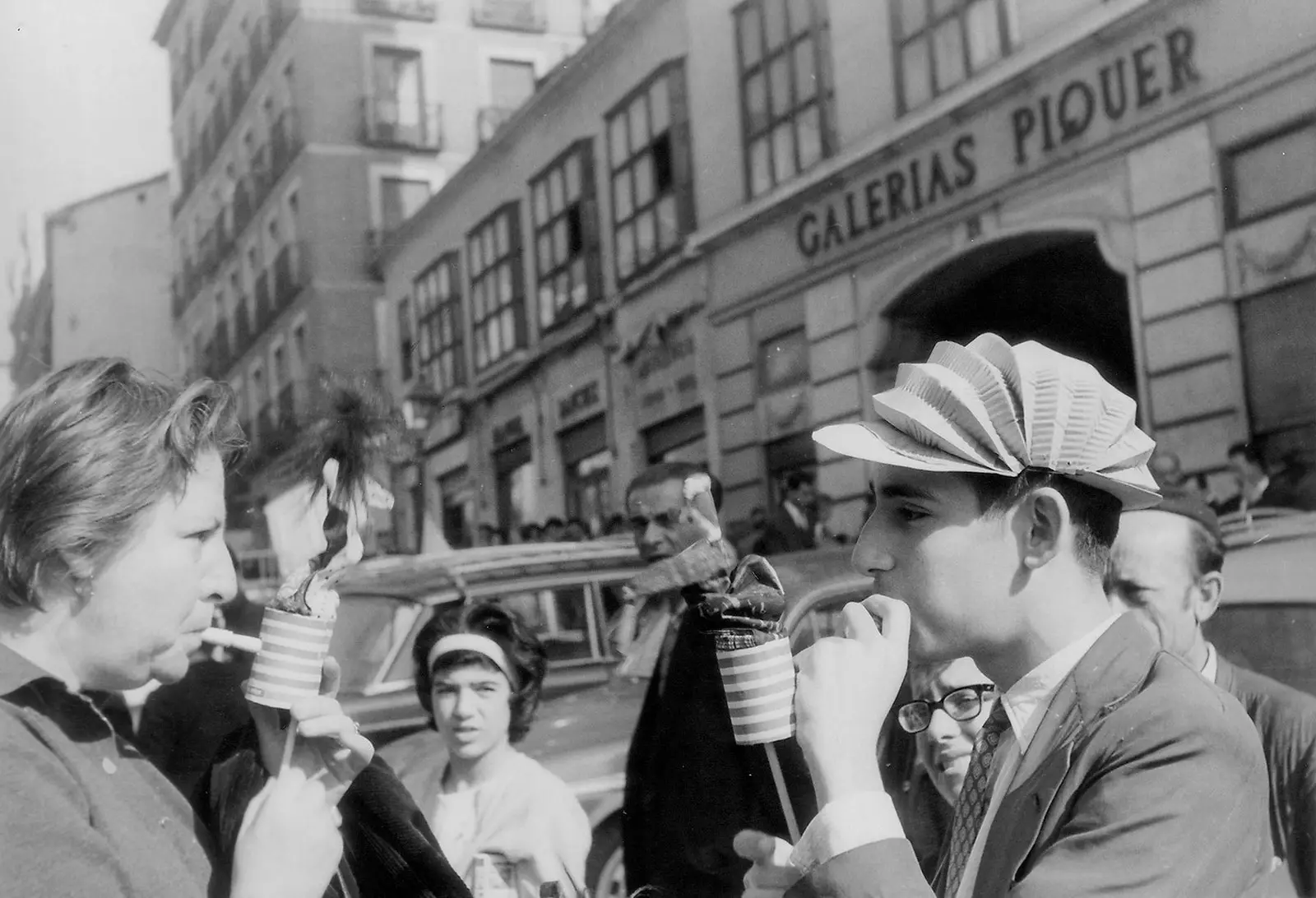
Gloria Fuertes in El Rastro (Piquer Galleries).
THE MADRID OF GLORY STRONG
"I can say many things,
and some don't.
I cannot say: Madrid is my land,
I have to say my cement,
-and I'm sorry-."
Alberti, Bergamin, Neruda; there are so many poets who have written about Madrid As many times we have looked at your sky. However, we believe that today more than ever the capital belongs to Gloria Fuertes because without her, postism, or our childhood, or castizo is not understood.
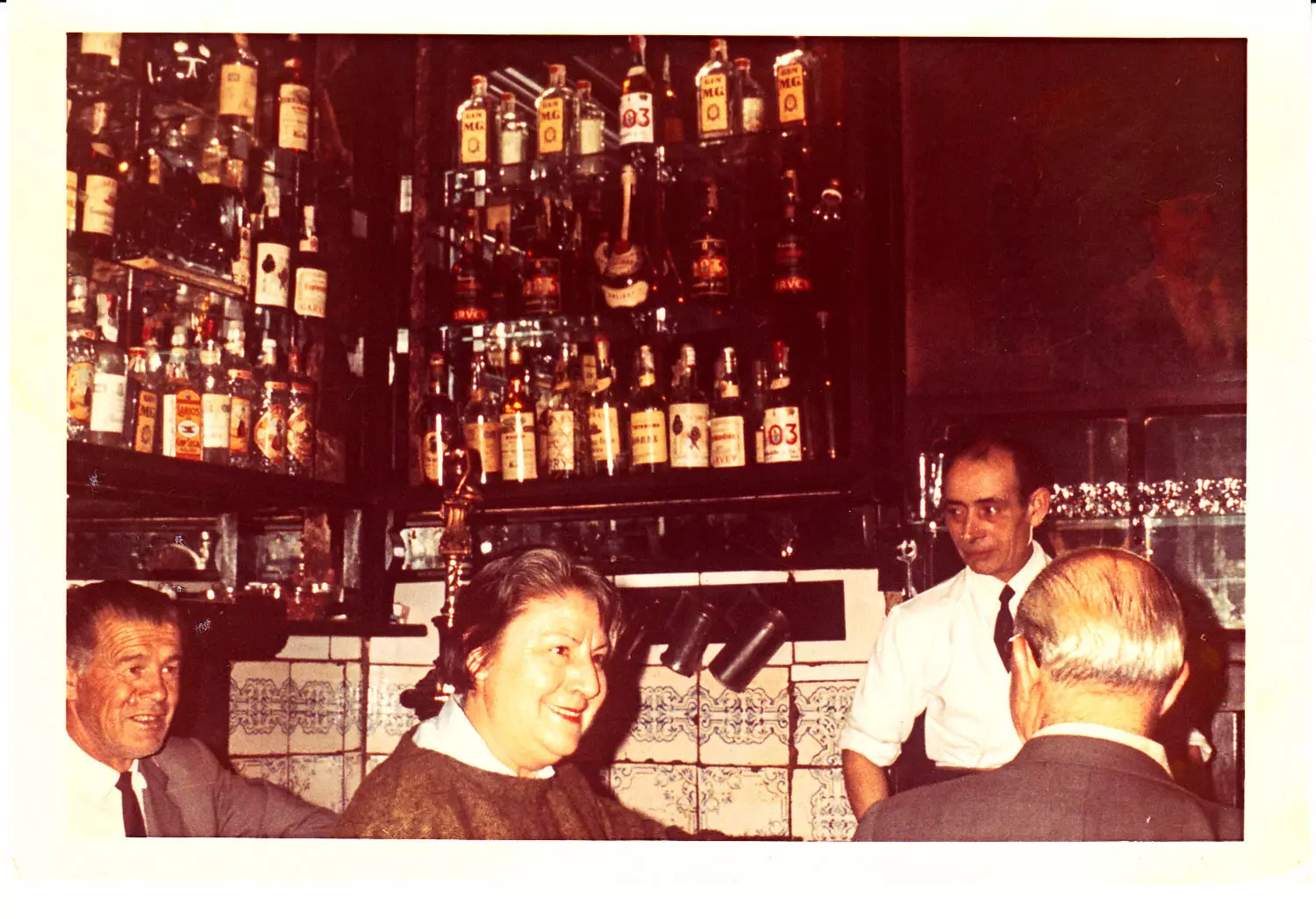
Forts in the Tavern of Antonio Sánchez (Mesón de Paredes).
Gloria was that girl who pedaled for footbath in the thirties and the poet who organized readings of her stories in the bars of Madrid. the one she wrote in the Antonio Sánchez Tavern on Mesión de Paredes Street with a glass of wine looking straight at her time, at the man, at her city.
GRANADA IS FEDERICO GARCIA LORCA
Granada, Elvira street,
where the manolas live,
those who go to the Alhambra,
the three and the four alone.
One dressed in green
another mauve, and the other,
a scottish corselet
with ribbons up the tail.
(...)
Nobody goes with them, nobody;
two herons and a dove.
But in the world there are gallants
that are covered with leaves.
The cathedral has left
bronzes that the breeze takes;
The Genil puts his oxen to sleep
and the Dauro to his butterflies.
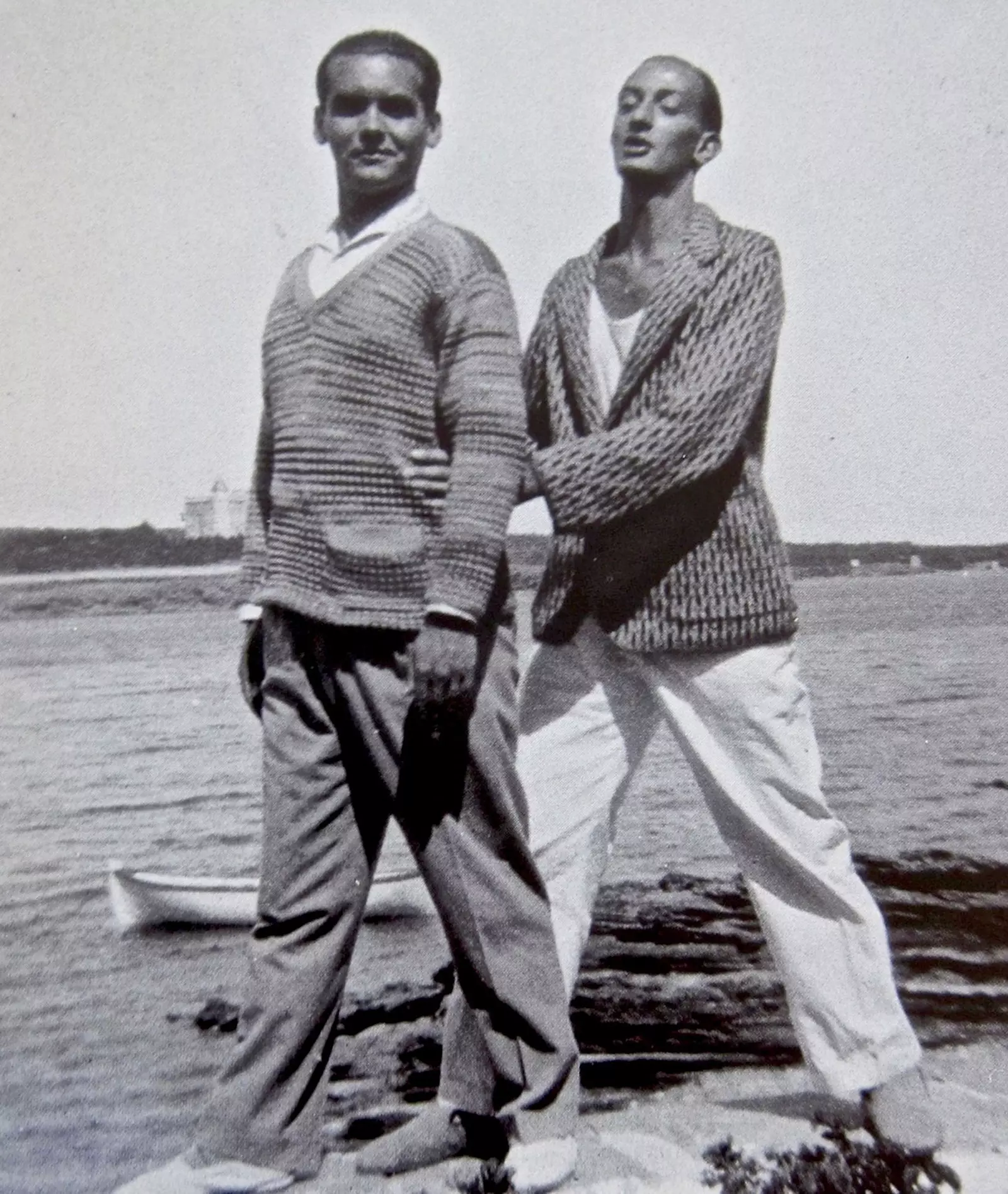
Lorca and Salvador Dalí in Cadaqués.
Federico García Lorca is Andalusia in the most abstract and metaphorical vision of it: from Font Cowboys , the town where he was born in 1898, to Valderrubio , where he spent his childhood summers, passing through the city of Granada where he lived until 1916.
The city of La Alhambra surrenders to the poet through places like the chikito restaurant , the old Alameda café where gatherings were held, or the Huerta de San Vicente, the family's country house from 1926. In Granada, Lorca's journey begins with eternity as a witness.
GRAN CANARIA AND TOMAS MORALES
Port of Gran Canaria on the sound Atlantic,
with its red lanterns in the cloudy night,
and the disk of the moon under the romantic blue
shimmering in the moving marine serenity…
Silence of the docks in sultry peace,
slow rhythm of oars in the lost border,
and the slight splash of greenish water
licking the ashlars of the sleeping boardwalk…
They pretend, in the gloom, twisted phosphors
the dim lights of anchored ships,
shining between the dead waves of the bay…
And suddenly, breaking the calm, calm,
a sailor's song, monotonous and tired,
pours into the night the hint of his melancholy...
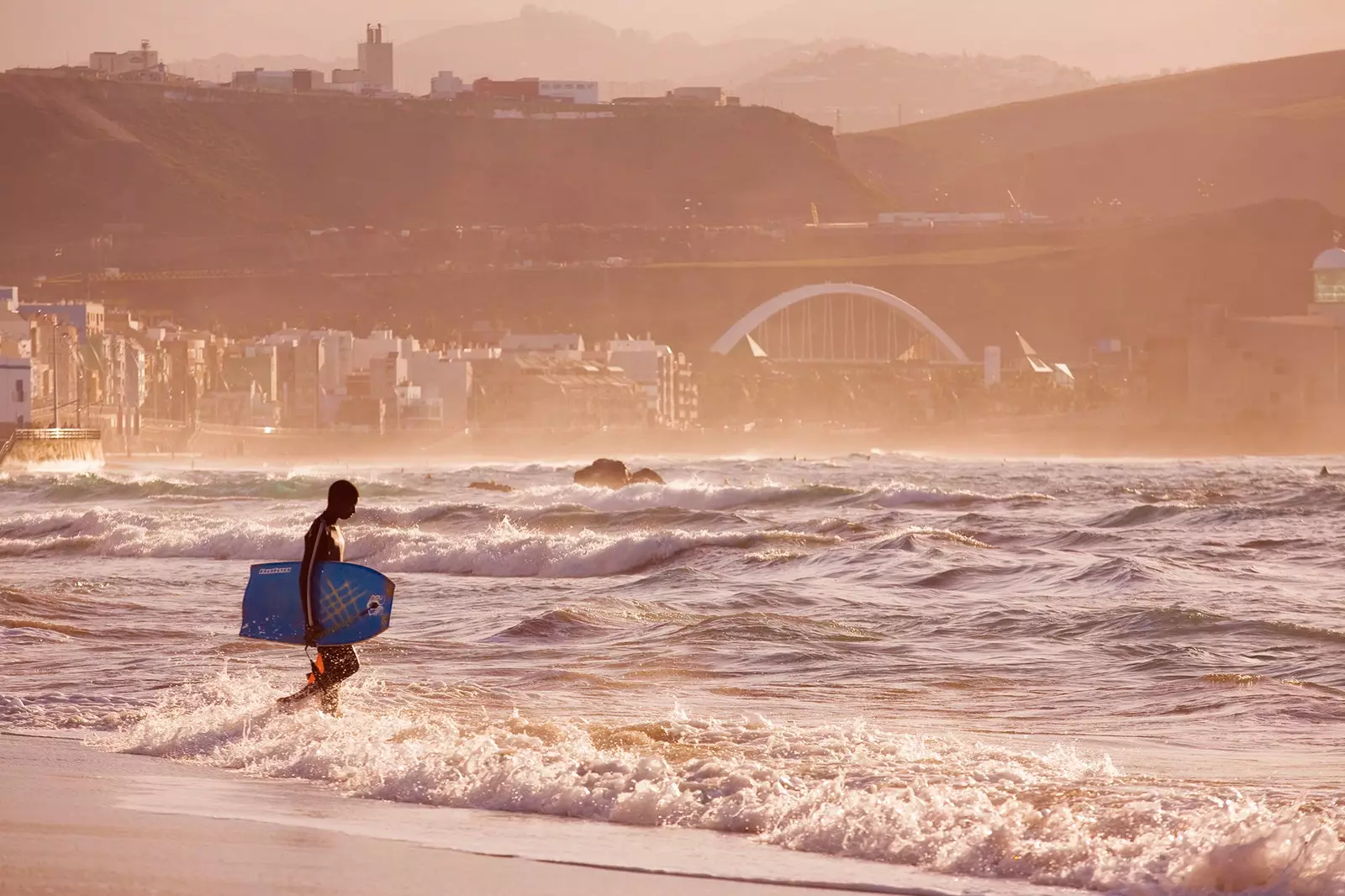
Las Canteras, Las Palmas de Gran Canaria.
Although Benito Pérez Galdós was the great poetic ambassador of the Canary Islands, his comrade Tomás Morales, born in the town of Moya de Gran Canaria, embraced the modernist path with the sea and its weather as favorite themes . The relationship of the great blue with man, the Earth and destiny formed for the author the three aspects of a single world, as he confirmed in Ode to the Atlantic or Poems of the Sea.
GALICIA AND ROSALÍA DE CASTRO
Goodbye, rivers; goodbye fonts
goodbye, small streams;
goodbye, sight of my eyes:
I don't know when we'll see each other.
my land, my land,
land where I grew up,
little garden that I love so much,
fig trees that I planted,
meadows, rivers, groves,
pine forests moved by the wind,
chirping birds,
little house of my happiness,"
(...)
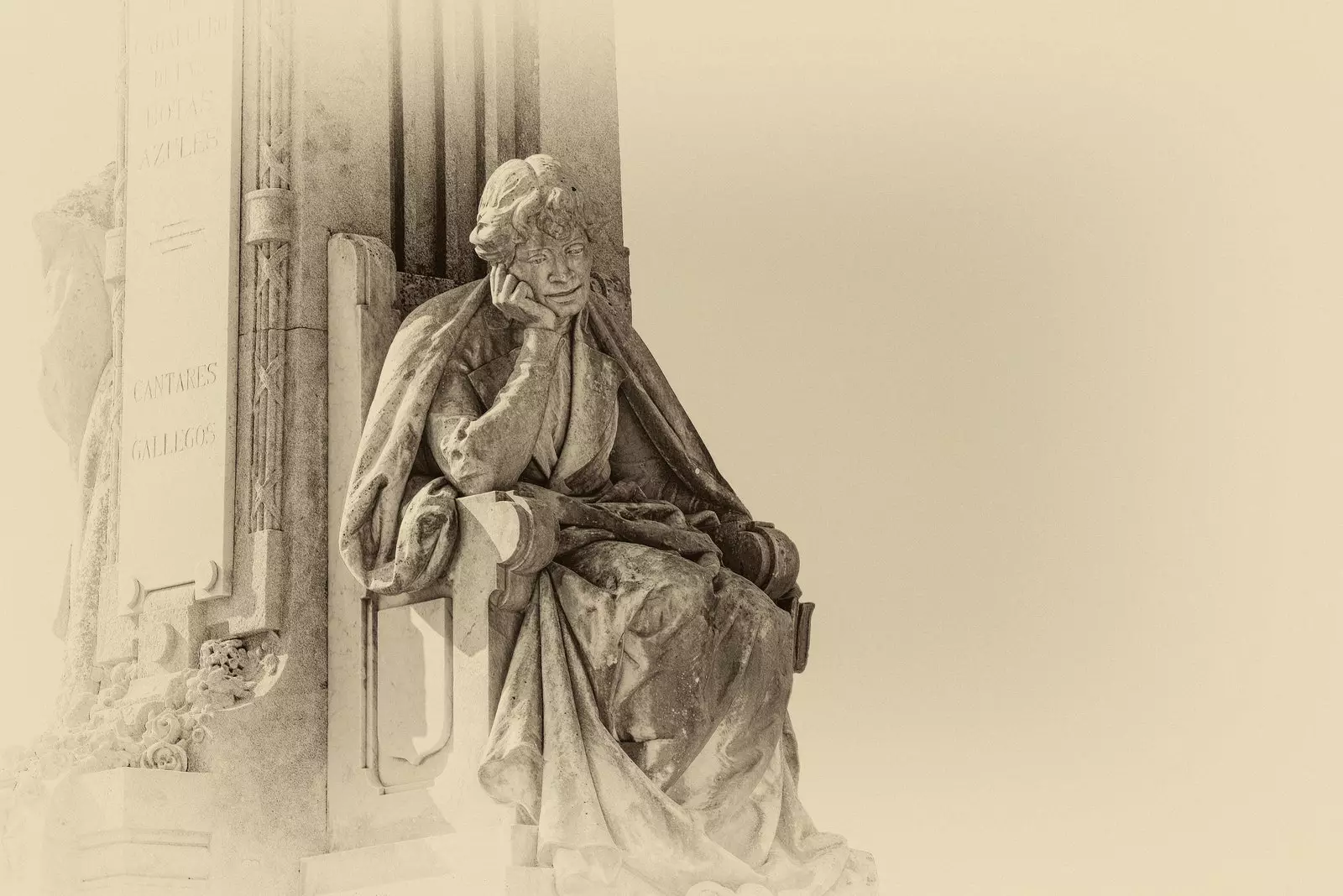
Statue of Rosalia de Castro.
Galicia cannot be read without Rosalía de Castro, that girl who barely knew how to read and write and whose Galician songs (1863) sowed the resurfacing Galician. The roots of her land in the form of melodies and songs typical of Galicia bloom in thirty six poems which represent the perfect reflection of Rosalía's vision and her adaptation of her environment as a mother, as the best feeling.
ALBERTI AND THE BAY OF CADIZ
"At the exit of the gulf,
vogue, bold, the island,
white and blue, from salt.”
Born in the Cadiz town of The Port of Santa Maria , Rafael Alberti wrote to his Bay of Cadiz from as many shores as places in the world. Part of the love and nostalgia that he processed for the sea, its salt pans and underwater orchards were recorded in poetry books such as sailor on land , published in 1924 and winner of the National Prize for Poetry. Alberti He wrote a large part of these poems during his stay in the town of San Rafael (Segovia) , confirming how the heart of someone born by the sea can shrink a little further inland.
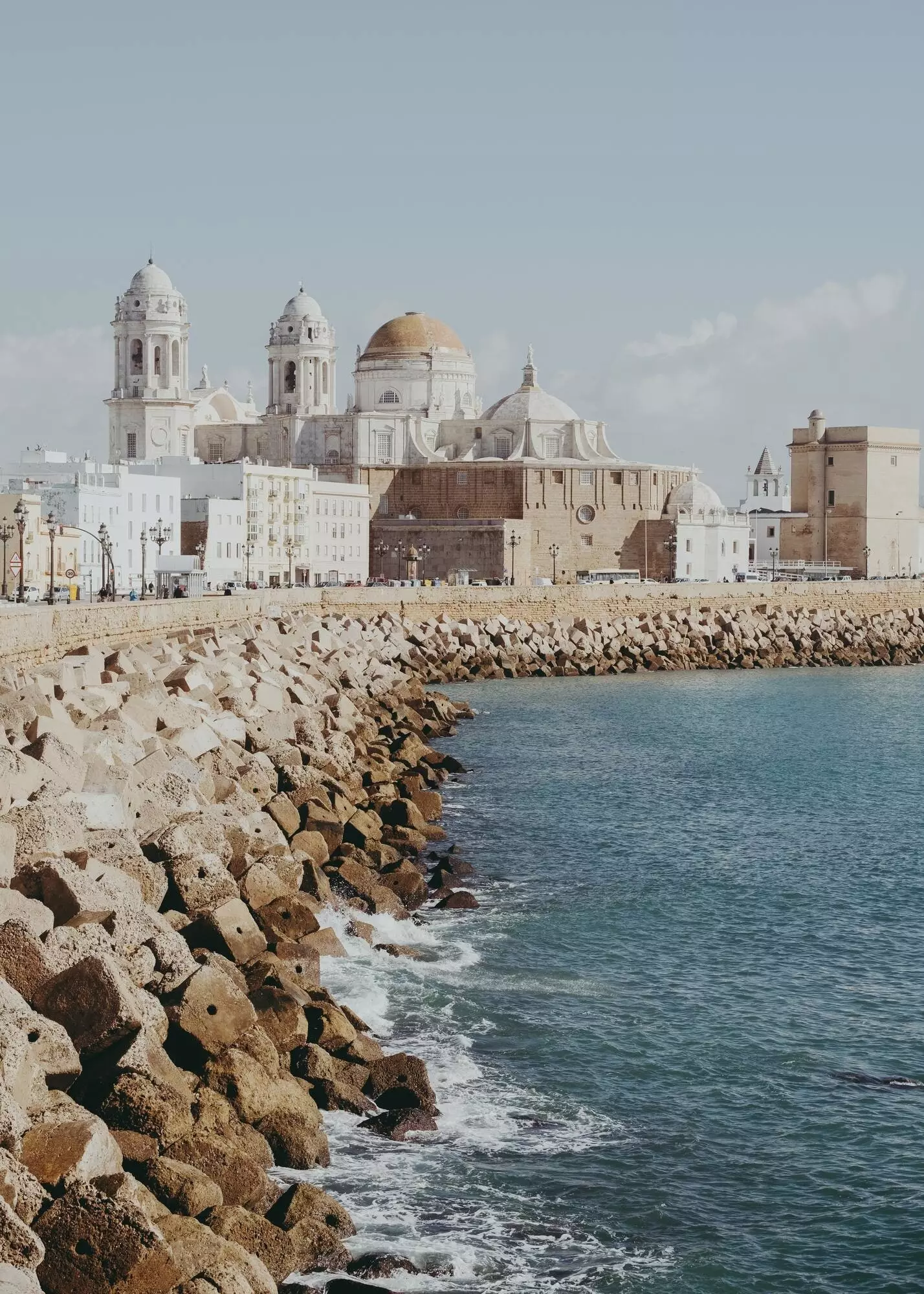
Cadiz.
THE CASTILE OF ANTONIO MACHADO
"To the old elm, split by lightning
and in its rotten half,
With the April rains and the May sun,
some new leaves have sprouted.
“The century-old elm on the hill
that licks the Duero! a yellowish moss
stains the whitish bark
to the rotten and dusty trunk.”
(...)
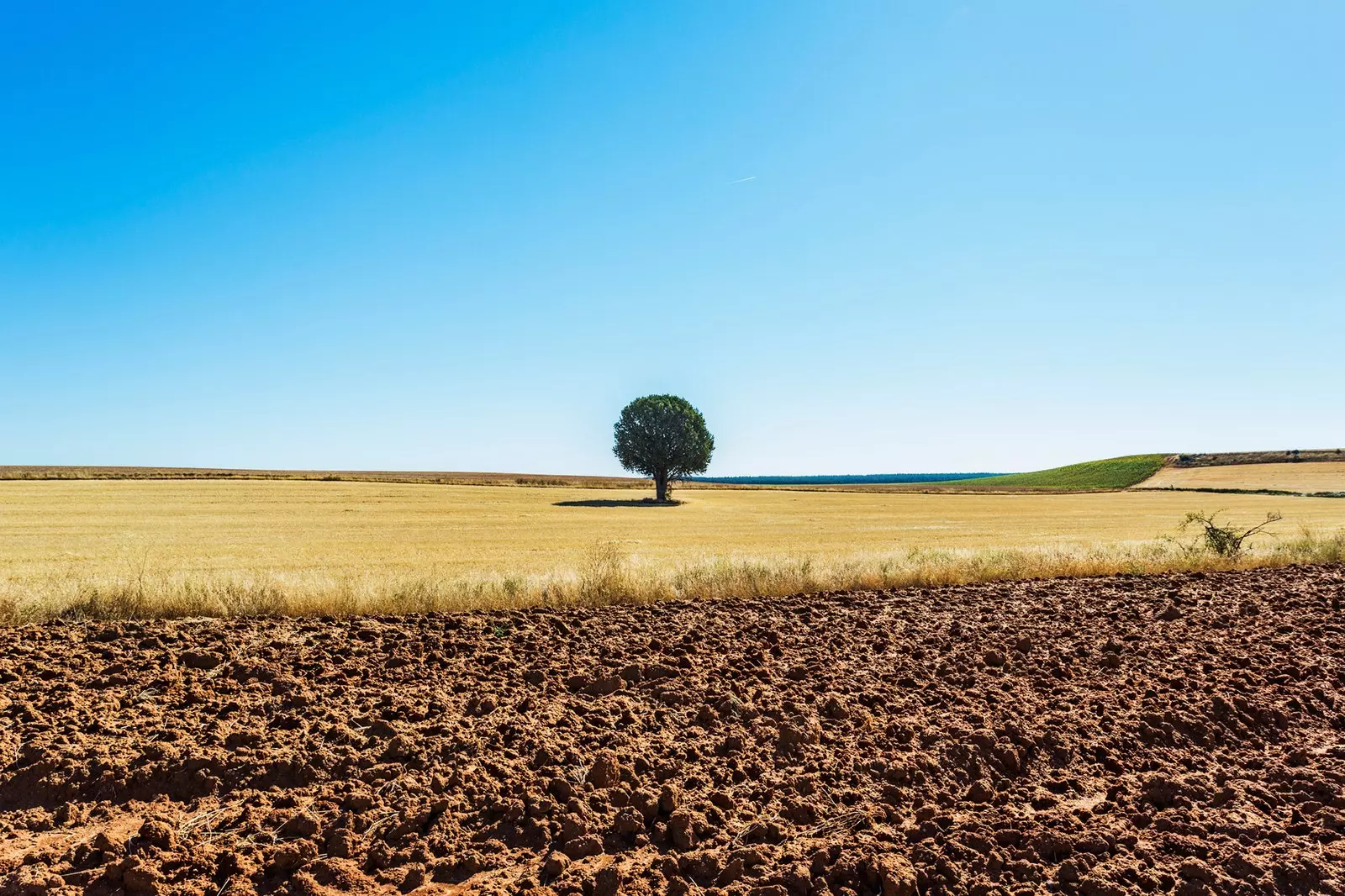
Soria on the train that runs through the inspiration of Machado.
“We are the serene rage of an emptied Spain, which bleeds before oblivion ” was the verse that Antonio Machado, the greatest representative of the generation of '98, lent to a land that still vindicates this poet from Seville but Castilian by adoption. Son of symbolist Paris and bohemian Madrid, in Soria Antonio Machado became a different man. A high school teacher capable of adapting the harshest geographical elements to the poetic symbolism of this land of high plains and silvery waters, horsemen and muleteers and yes, also distant passengers.
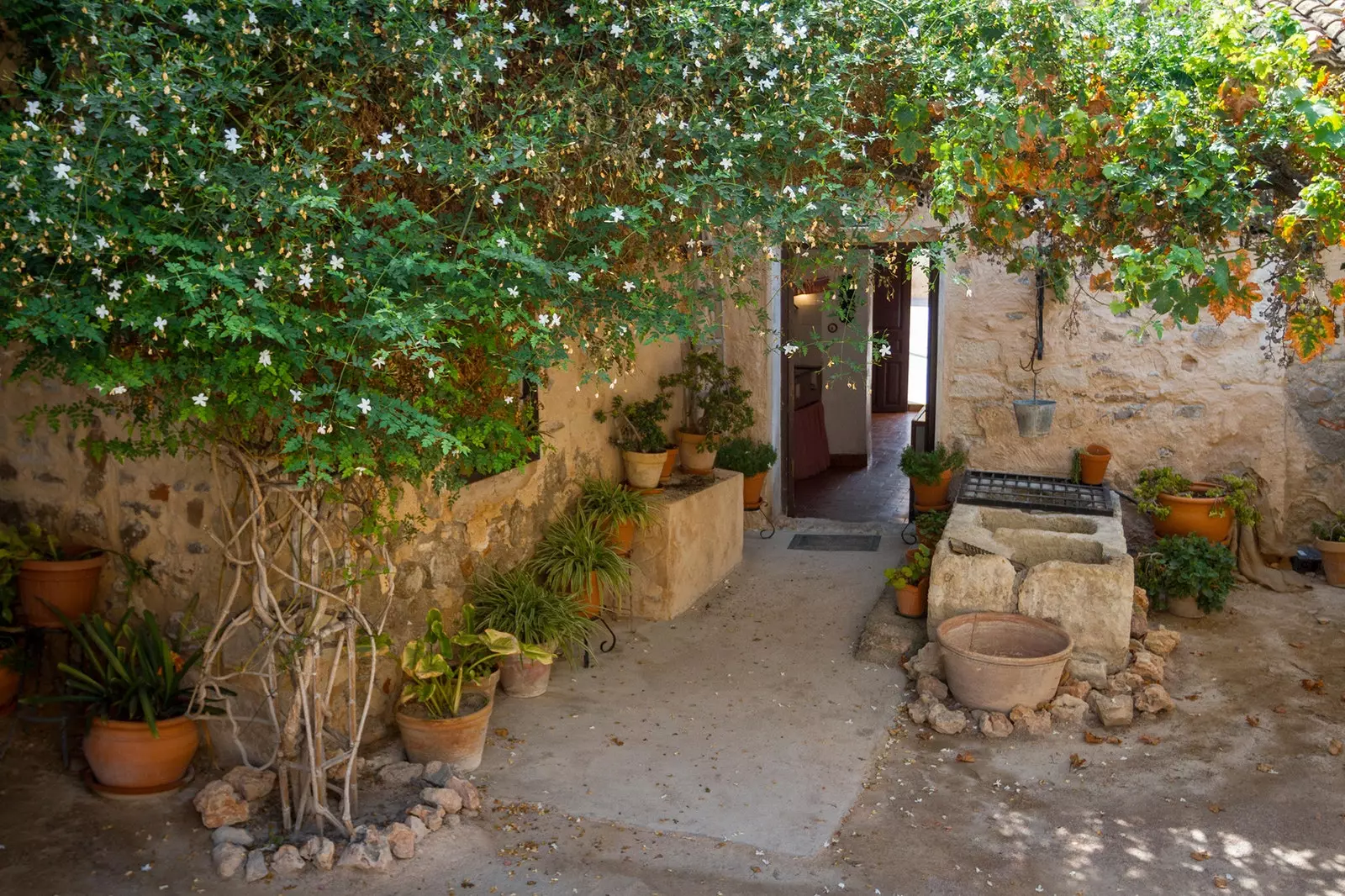
Courtyard of the house of Miguel Hernández, in Orihuela.
THE GARDEN OF LA VEGA BAJA ALICANTINA, BY MIGUEL HERNÁNDEZ
“Sour orchards, blue lemon groves,
of fruits, if golden, runners;
so distant! I don't know if the vapors
dovecots always free prisoners.
The river is already going to water the orange blossoms
around its surroundings,
to the detriment of horticulture:
oh solution, present at last, future!”
The point of union between the generation of 27 and the post-war generation came with Miguel Hernández, the "Expert in moons" born in Orihuela, a town in the Vega Baja of Alicante. Hernández's first poems showed a passion for folklore guided by the feeling to the earth and its elements : the watermelon and the lemon trees, the rockets and the bulls, the furrows of the earth and that fig tree under which that tall boy wrote from looking at the palm trees so much.
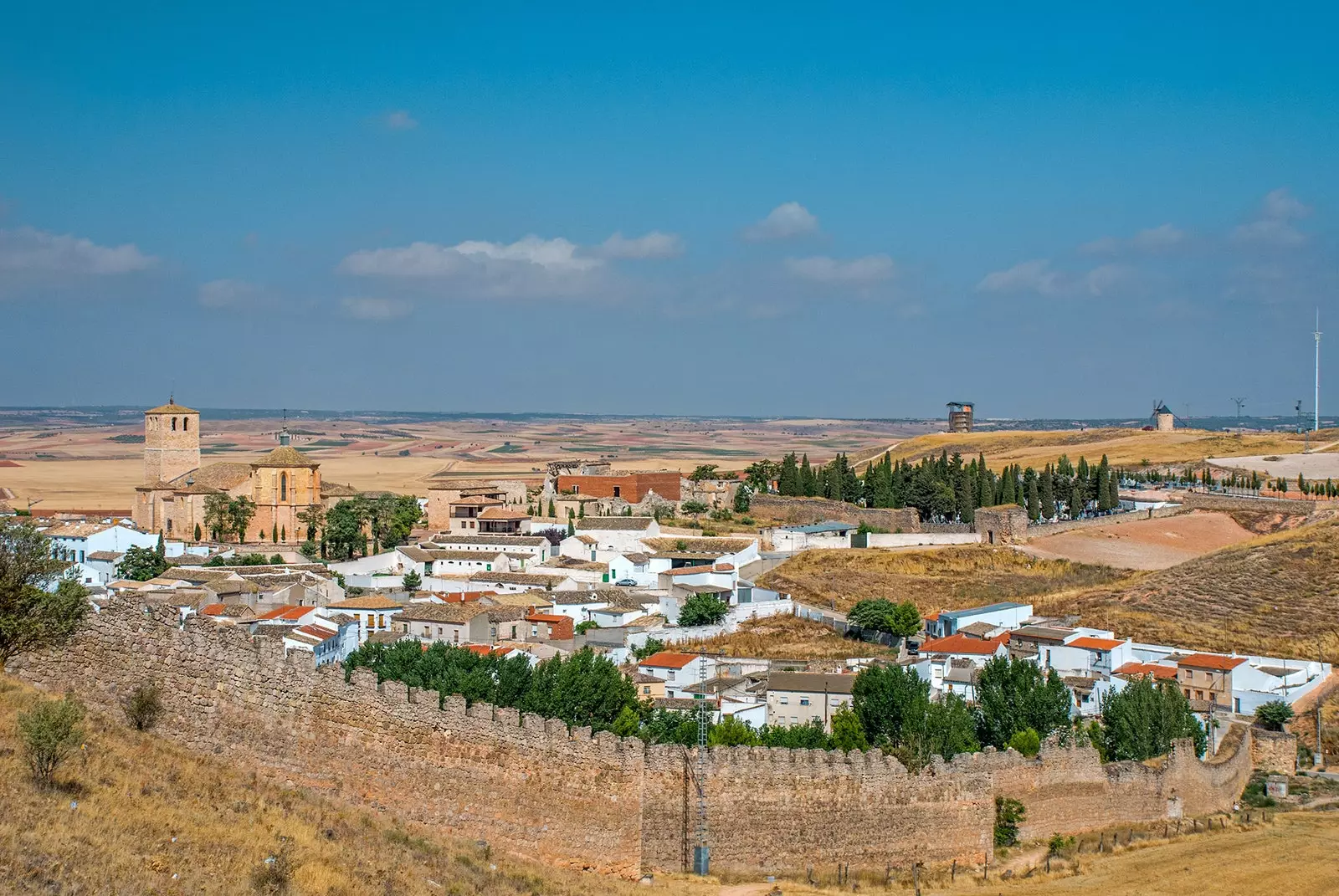
View of the city and the medieval walls of Belmonte.
THE STAIN OF MIGUEL GALANES
“After contemplating the bottom you admit
that without water is only empty
piercing the muteness of the earth”
Postmodernist poetry not only focuses on the relationship between verses and landscaping, but also throws more than one complaint at the state of the medium as the most critical side of contemplation. Went to the stain (or Manxa, the dry land of the Arabs), the place to which the author Miguel Galanes he returned from Madrid to find a land desolate due to desertification, as he confirms when referring to the Guadiana as "this was a river" or in the empty well of the poem that accompanies us here and we find in his collection of poems Indigo (1997), name in reference to the color of the baseboards of rural houses in La Mancha.
